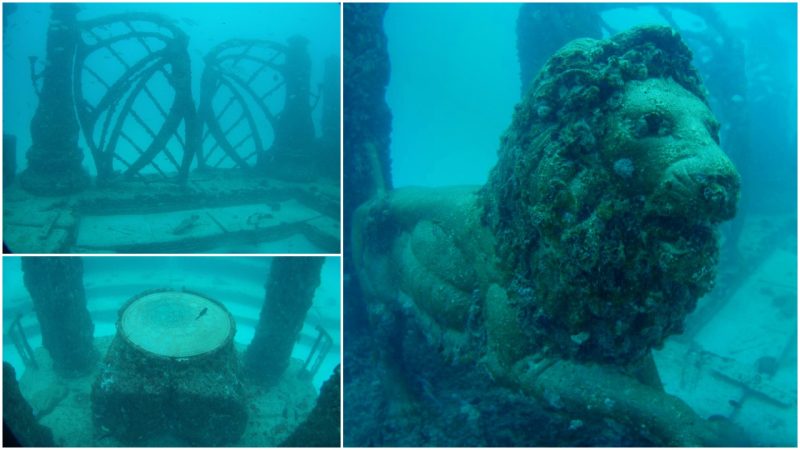Three miles away from the coast of Key Biscayne in Florida, one of the weirdest creations exists. An underwater mausoleum is known as The Neptune Memorial Reef, Atlantis Reef Project or the Atlantis Reef was opened in 2007 per the designs of the artist Kim Brandell.
The project was conceived by Gary Levine, who wanted to create an underwater columbarium for cremated remains. According to the plans, the largest man-made reef was to cover an area of 600,000 square feet at a depth of 40 feet. But, due to several reasons, the project is not yet completed and only a part of the original idea is realized so far.
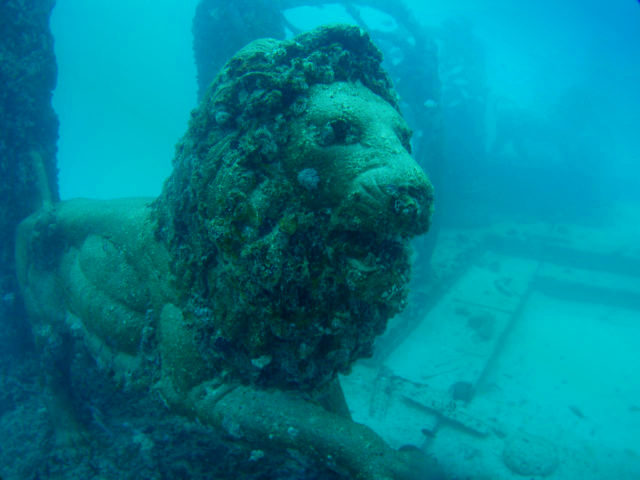
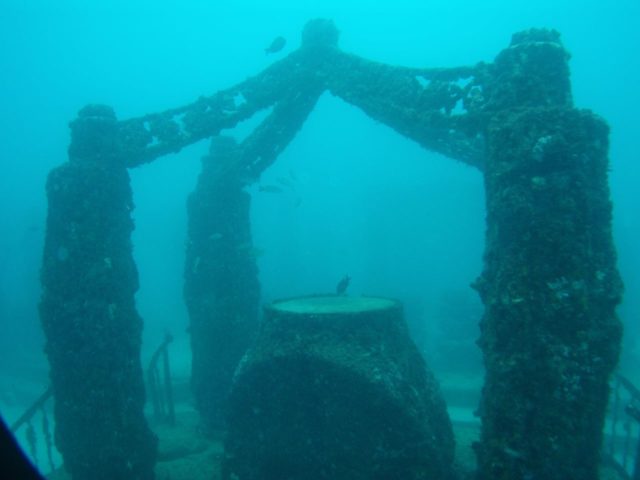
Until 2012, the Neptune Memorial Reef stretched over an area of half-acre, with plans to expand to 16 acres. The designs of the underwater city include underwater roads which will lead to the central area of the reef, enriched with benches and statues. The builders of the reef faced several difficulties, including building permits and quality control. After the permits have been granted, the reef had to meet a requirement to withstand the strongest storm which occurred in the last 100 years. Until then, it was a hurricane of category 4.
Unfortunately, during the construction of the mausoleum, a category 5 hurricane named Andrew swept through Florida, bringing the need to re-engineer the entire project. According to the plans, the place was estimated to accommodate 850 remains, with the goal to expand on more than 125,000.
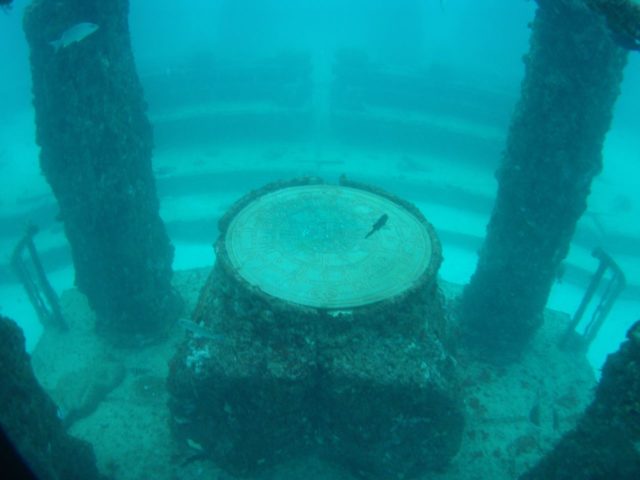
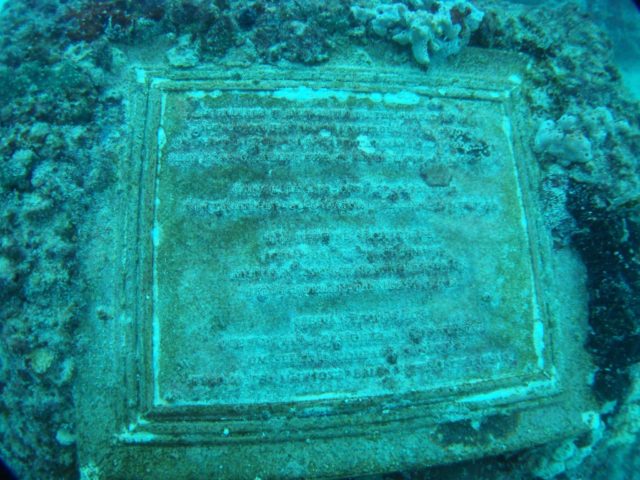
Currently, all the construction works on the reef are stopped and the reef has been covered with corals, becoming a coral reef officially. With all the molds destroyed, the future of the project is not certain. It is however marketed as a site for divers, but fishing and lobster hunting is forbidden. The area now resembles of the long lost city of Atlantis, with arches, gates, columns and animal shaped statues spread around.
The ones who wish to visit their loved ones are welcome to dive and stay as long as they wish. The costs of a burial at the reef is $2,600 for a standard placement of the cremated remains and $4,000 for a cremation and placement package. Among the ones who chose the reef to be their final destination is Julia Child, the famous TV chef, who died in 2004.
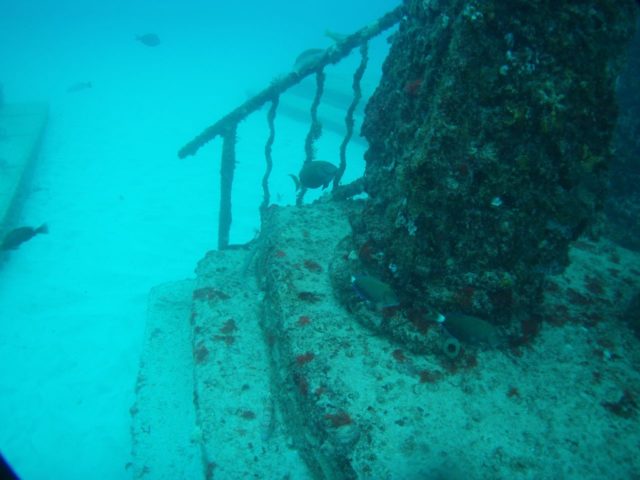
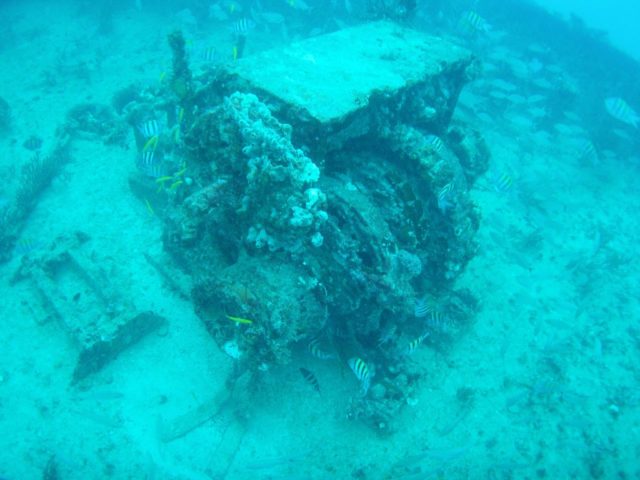
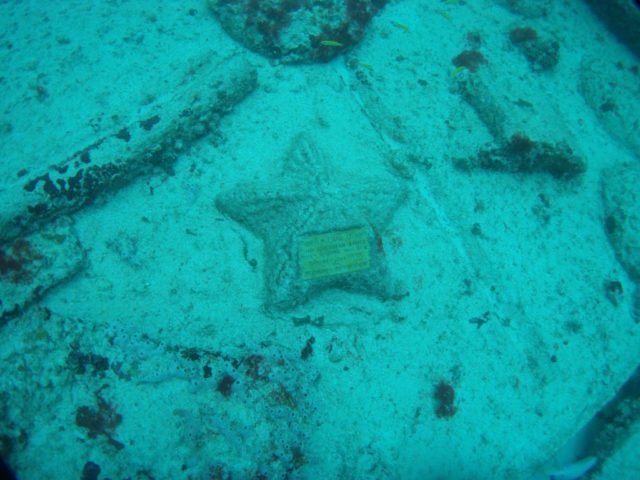
The creators of the reef define the place as a unique, fast developing ecosystem, with 58 species of fish living in it. Their idea is to create a marine habitat, and state that every angle of the reef is designed and checked by marine biologists. The number of the coral species has increased in just one year, with 14 species discovered in 2012, against the 9 species that were known to already live in the area. Spiny lobsters, rainbow parrotfish, green morays, and urchin are amongst the fauna that resides here. The area was specially designed to provide free passage of the inhabitants, but block the way for the predators.
As much as it sounds crazy, the idea behind the reef is actually fantastic. Here, the remains of the loved ones become a part of something living and growing, so the motto of the reef which is “Creating life after life” is fully justified. A number of locations can be chosen for the remains, with some families already purchasing entire reef columns so they can be buried together.
